As a wildlife photography enthusiast, embarking on an adventure to Africa’s most iconic hotspots is a dream come true. From the diverse landscapes to the remarkable array of wildlife, every moment spent in Africa feels surreal.
This blog post will guide you through some of the top destinations for wildlife photography in Africa, while providing useful tips to make the most out of your safari!
Top Wildlife Photography Hotspots in Africa
Let’s embark on the “adventure of a lifetime” with Kenya’s crown jewel of wildlife sanctuaries – the Masai Mara. Here, capturing the breathtaking landscapes and vibrant wildlife is truly an immersive experience.
1. Masai Mara National Reserve, Kenya
- Sprawling over 1,510 square kilometers, this unspoiled haven offers stunning visuals of vast plains dotted with acacia trees and the winding Mara River.
- A prime location to photograph the legendary “Big Five” (lion, leopard, rhinoceros, elephant, and Cape buffalo), it is an essential destination for every wildlife photographer.
Key attractions
- Great Wildebeest Migration: This awe-inspiring spectacle sees nearly two million wildebeests, zebras, and gazelles crossing the treacherous Mara River. A perfect opportunity to capture riveting images of river crossings and confrontations with lurking crocodiles.
- Predator sightings: Masai Mara’s abundant predator population, including lions, leopards, and cheetahs, guarantees thrilling snapshots of these majestic creatures hunting their prey. Witness the raw essence of Africa’s wilderness unfold before your eyes.
Shutterbugs will find no shortage of inspiration within the Masai Mara, where every frame reflects a unique story. Whether you’re seeking landscapes that transport you to another world or action-packed images of nature’s power struggles, Masai Mara delivers outstanding shots worth cherishing.
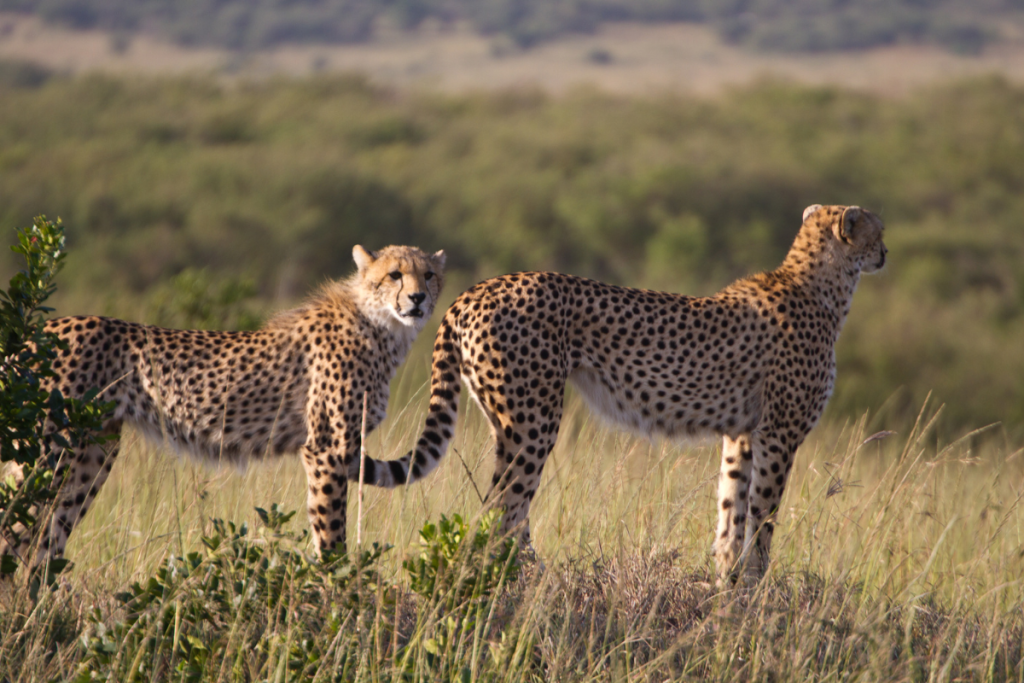
2. Kruger National Park, South Africa
Kruger National Park is one of the largest and most famous reserves in Africa. It boasts a diverse array of wildlife, with over 140 mammal and over 500 bird species. It’s also a superb destination for spotting the Big Five, making it a popular choice for photographers.
Pro-Tip: Opt for a self-drive safari for a more flexible and intimate experience. Self-driving gives you the freedom to choose where and when to stop for that perfect shot.
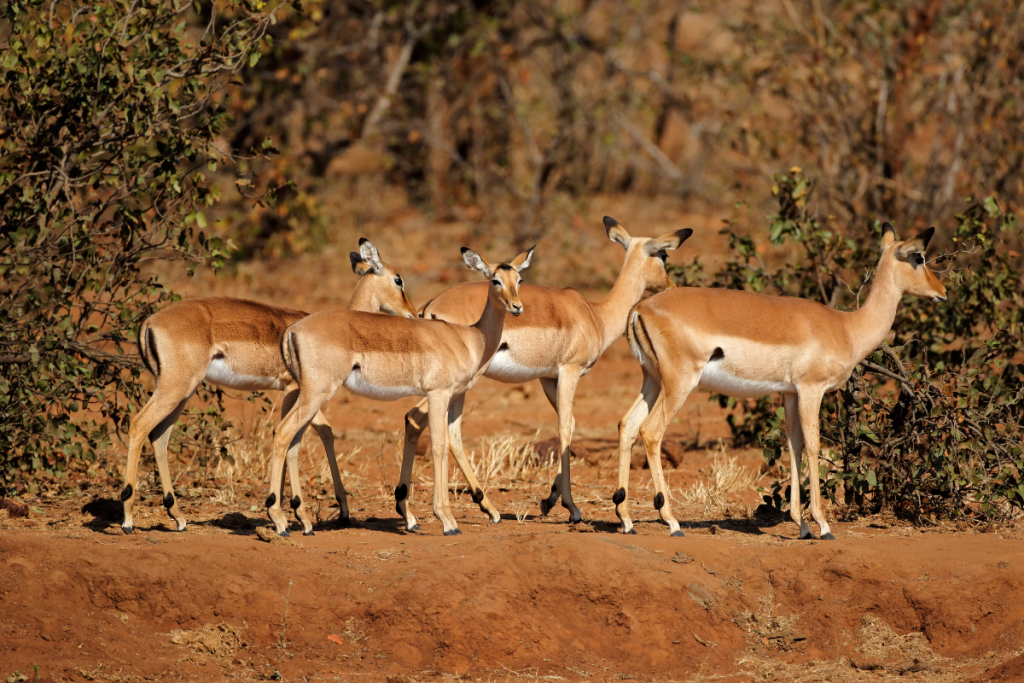
3. Okavango Delta, Botswana
The stunning Okavango Delta teems with wildlife, offering close encounters and diverse photography opportunities. The unique floodplains and waterways of the delta create a haven for various animal species, including hippos and the elusive African wild dog.
To get the most out of your experience, book a guided safari on a traditional mokoro (canoe). This offers a unique perspective for shooting wildlife both on land and in the water.
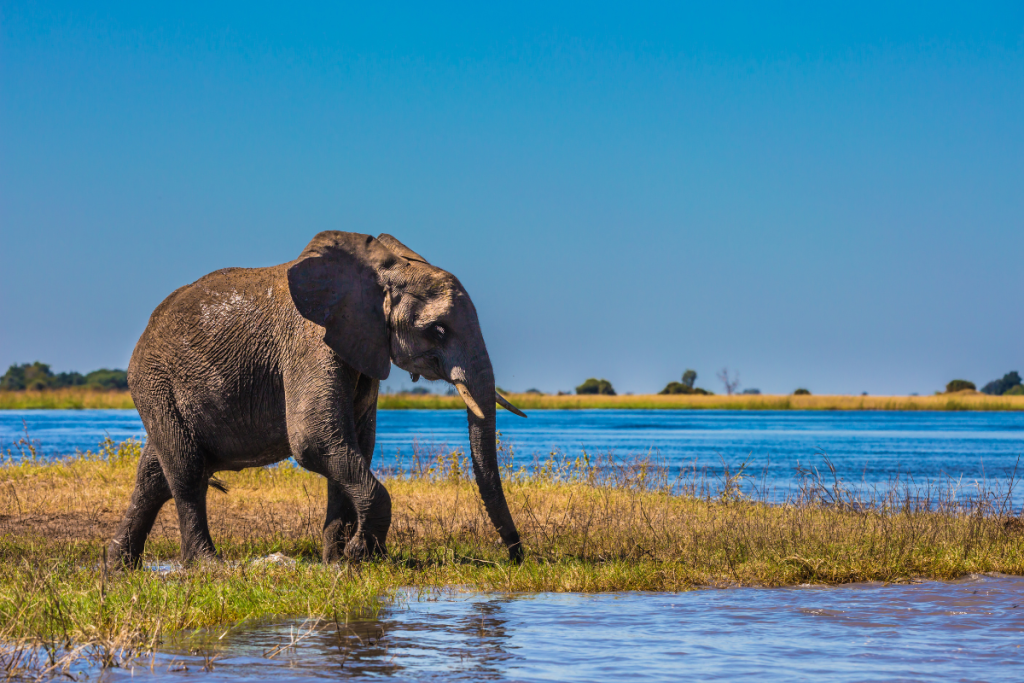
4. Bwindi Impenetrable National Park, Uganda
Bwindi Impenetrable National Park is famous for its mountain gorillas, and offers one of Africa’s most incredible wildlife experiences. To come face-to-face with these gentle giants and capture intimate portraits is a once-in-a-lifetime experience.
Pro-Tip: Remember that gorilla trekking permits are limited and often sell out months in advance, so book early to secure your chance of a close encounter.
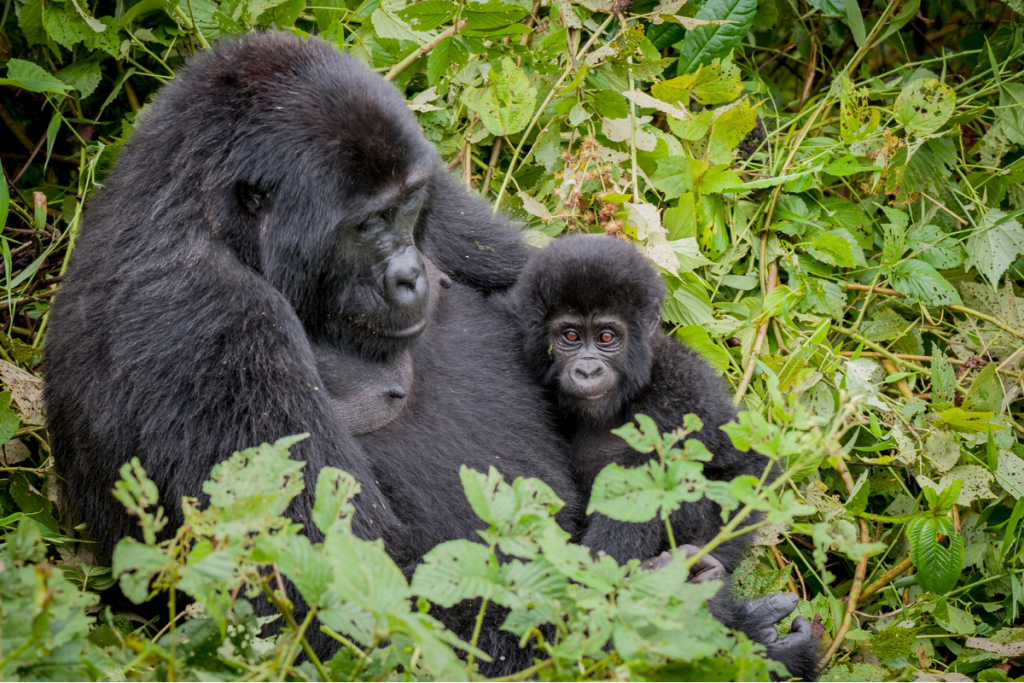
5. Etosha National Park, Namibia
Last but not least, Etosha National Park is another photographer’s paradise. Home to a unique salt pan, countless waterholes, and a wide range of wildlife, the park provides ample opportunities for striking, unusual shots.
During the dry season (May to October), animals are more likely to congregate around waterholes, providing many opportunities to capture stunning wildlife images.
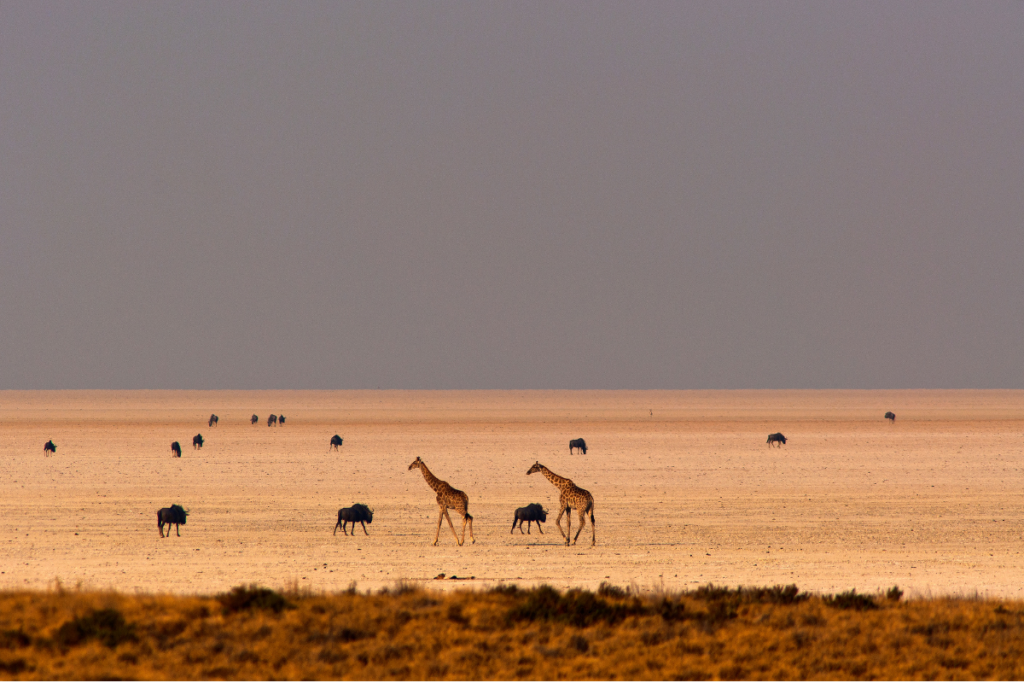
Tips For Successful Wildlife Photography
Embark on a mesmerizing journey as you delve into the art of wildlife photography. Channel your inner Coldplay spirit with tips to help turn your ‘Adventure of a Lifetime’ into stunning images. Let’s ‘turn your magic’ into a visual symphony, just like the lyrics to the song itself.
1. Research Your Destination, Learn About the Wildlife and Their Behavior
To make the most of your African ‘adventure of a lifetime lyrics,’ research and learn about your destination and the animals inhabiting the area. Understanding their behaviors will help you anticipate their movements and capture striking shots.
2. Invest in the Right Equipment
Investing in the right equipment is crucial for a successful photographic journey. Equip yourself with a suitable camera, lenses, tripod, and other necessities that cater to the specific needs of wildlife photography.
3. Be Patient and Respect the Animal’s Space
‘Life in this adventure’ requires patience and respect for the animals you capture. By ensuring you maintain a safe distance, you don’t disturb their natural environment or behavior, allowing you to capture spontaneous, authentic images.
4. Take Advantage of the Golden Hours
In wildlife photography, timing is critical. Morning and late afternoon—offer warm, soft lighting that brings a magical quality to your pictures.
5. Learn And Practice Photography Techniques and Rules of Composition
Lastly, master your skills and techniques by learning about and practicing various composition rules, such as the Rule of Thirds. Captivating wildlife shots result from technical prowess and keen artistic vision.
With these tips, you can capture the essence of Coldplay’s ‘Adventure of a Lifetime’ in your wildlife photography. Bask in the ‘light of day,’ and embrace the feeling as your ‘heart beating’ propels you forward.
Responsible Wildlife Photography Practices
Channel your excitement and ‘heart beating’ through the lens, but keep a safe distance from the wildlife you capture. Zoom in and use a telephoto lens to capture close-ups, ensuring you don’t disrupt the animals’ natural behavior.
Venturing into wildlife photography should remind you that we’ve only got this life, so aim to maintain harmony with the creatures you photograph. Be conscious of your actions and movements to avoid causing animal stress or disturbance.
While exploring Africa’s mesmerizing landscapes, hold up half the sky and say that you have come prepared with respect for local cultures, practices, and beliefs. Being a responsible photographer involves understanding and acknowledging the customs of the host community.
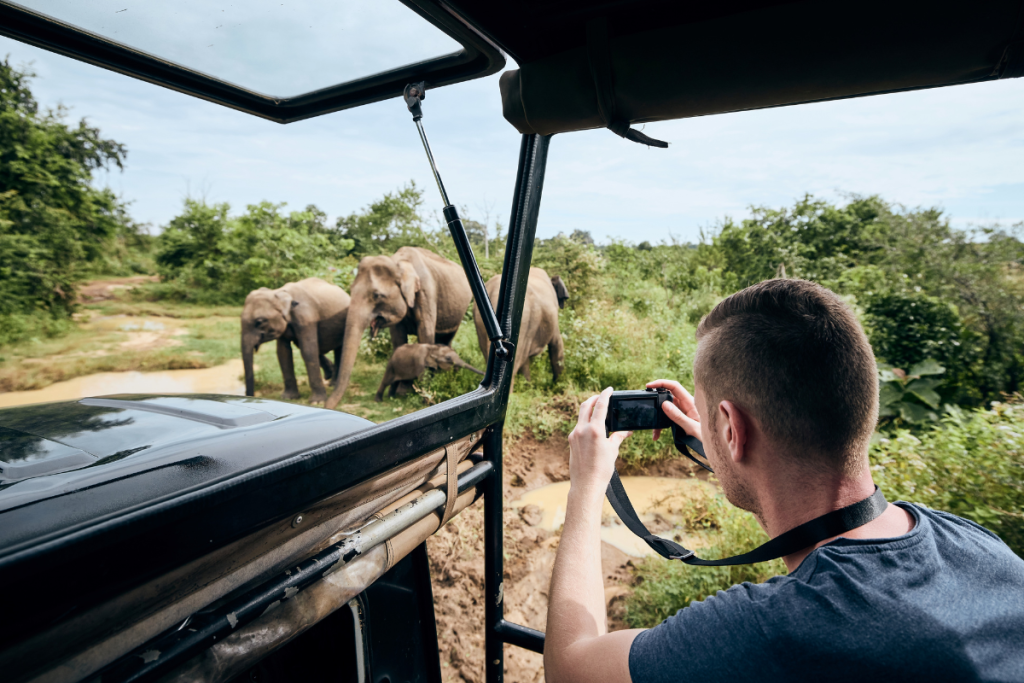
Finally, adhere to the guidelines and rules established by parks and reserves, designed in the best interests of the animals and the visitors. This way, you can preserve the ‘electric guitar’-like thrill of your ‘adventure of a lifetime‘ without jeopardizing the natural world you photograph.
You harmoniously weave into Africa’s tapestry by embracing responsible wildlife photography practices. Capture the essence of your adventure with respect, passion, and an unrivaled sense of wonder, creating images that resonate with ‘everyday that’s gone by and leave an everlasting impact on your soul.
So, here’s your challenge. Get out there armed with a competitive spirit and a keen eye. Venture into Africa’s wildlife photography hotspots, each breathtaking vista, unraveled trail, serene sunset, and captivating creature presenting a new page in your visual journey.
Exploring Africa’s wildlife photography hotspots is an unforgettable experience, full of excitement, adventure, and awe. By following these tips and visiting these breathtaking locations, you’ll be well on your way to capturing the stunning beauty of Africa’s incredible wildlife. Happy travels, and even happier shooting!

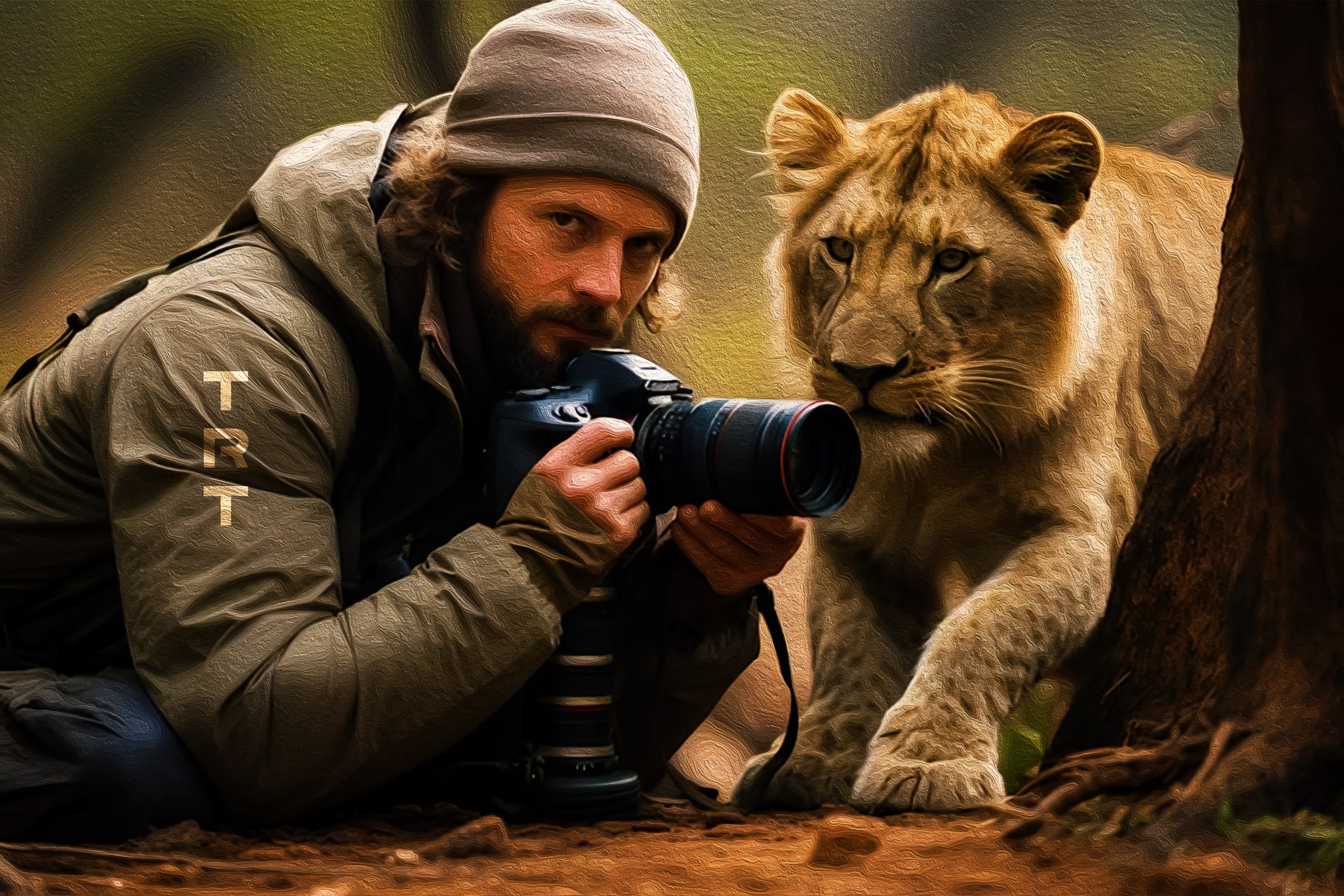
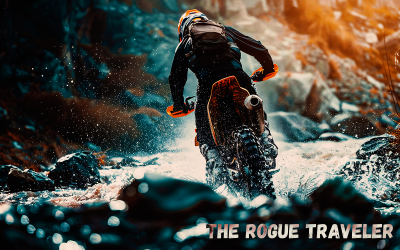
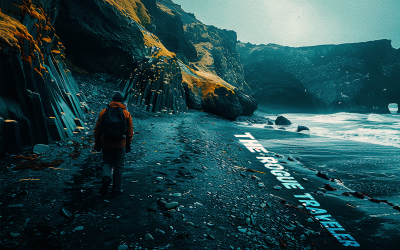
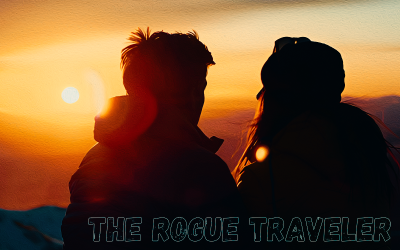
0 Comments